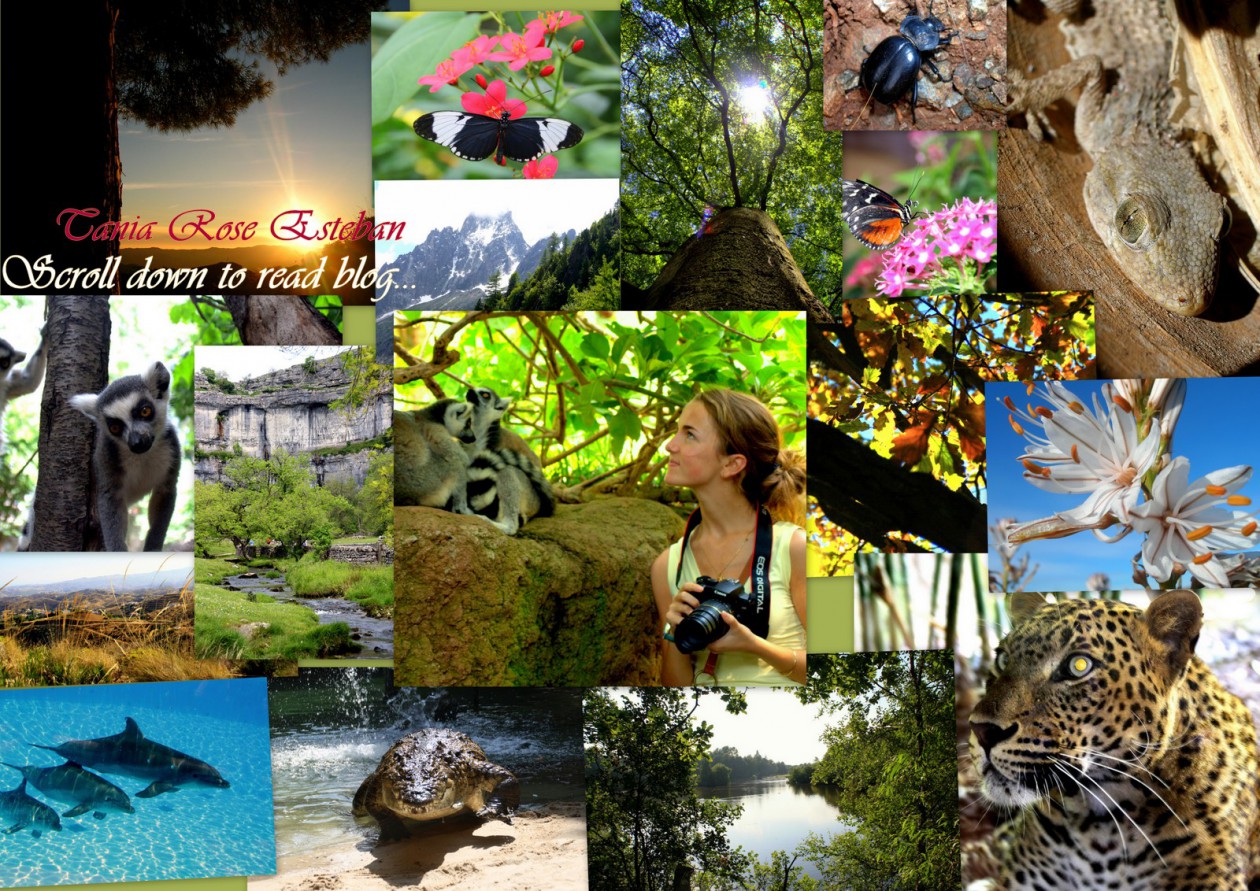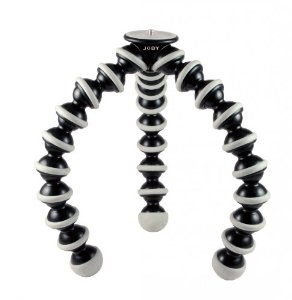SO you wanna be an adventure filmmaker?
Yes – its summer! That time of the year where we all wack out our shorts, shades and sun cream and jet-set across the world to exciting new places with friends and family. Be it glamping in Gloustershire, or snorkelling with Whales in Tonga, we ALL love to film our adventures and trips while we travel. YouTube is good evidence for this, brimming with hours of awful selfie shots of random tourists doing crazy activities, or what unusual tropical fruits they just ate for breakfast on a remote island.
So WHY go to the trouble of making one?
MEMORIES! These trips of a life-time are so called because of the incredible sights and sounds you get to see, that nobody else will ever encounter or see in quite the same way. So you can capture these moments in a different light to writing and inspire others to get out and pursue their own trails around the world.
To create a successful travel adventure film requires a blend of creativity, planning and decent tech. I don’t believe in the advice that others will say on being able to create amazing films with basic kit, you do need a good SLR or GoPro action camera with 1080p, 30fps specs! But that said, the standard of the compact camera and touch screen phone cameras nowadays means you can get pretty close to it, so if you’re on a budget this shouldn’t sacrifice the quality too much.
#Tip 1:
The key here is to OWN a TRIPOD and keep your video footage STILL. Then you’re practically 70% closer to making an amazing video. This is because in most videos that move everything around with additional handshake can result in unpleasant and messy images. This is the worst way to showcase your amazing holiday, and something nobody wants to see – even if the quality is superb, a still camera shot marks the sign of a decent film. All the videos I’ve been shooting in South Africa have been largely on a tripod whilst filming monkeys and big cats at Monkeyland and Jukani sanctuaries. The rule applies to both GoPro’s AND SLR cameras too, mainly the SLR’s as the shake from them can be unruly.
#Tip 2:
Next up is the sound….
Now unfortunately the budget cameras that we all buy have awful quality audio- the sort that sounds like your voice has been turned into a million billion amps then compressed into sounds waves via a small cheap pair of crappy tin speakers…So your best bet is to buy a relatively inexpensive Rode mic for your SLR cameras, and if not, then don’t bother with the sound and add some on Adobe Audition or Cool pro edit. Both can be downloaded for free (Adobe audition version 3.0, not the new one). You’re an extra 10% there now.
#Tip 3:
Have a story. There’s no point I filming literally anything you walk past, have some sort of journey through which we can follow. This won’t always be possible note, and DO film exciting things you’ve never seen before, but think of whether you want to make it more of an adventure adrenaline junkie one with plenty of action shots, or a buddies trip over with long braai nights and sit arounds which may be nice to film. Of course including local people and cuisine is important, and most exciting of all, the wildlife and landscapes!
Planning a shots list always helps too, any close ups of preparing food, tight close ups of animals, then the more scene setting views of the area- so streets, mountains, the ocean, a fiesta, ect.
Then interviews should always have a personal perspective and be directly on them, with the potential to have a camera on you if you have +2 cameras. When you find an interesting place, person, animal or situation you ALWAYS film it in a proper sequence in that you get at least 25 different shots of the event in that given location, so that youre able to tell the story visually. Don’t bother if the place/event isn’t particularly memorable, better to save your memory card and battery for somewhere that is. Many a time have I been somewhere and filmed away, then run out of battery for the next day without being able to find a plug socket!
#Tip 4:
Shoot transitional shots. So whether you’re driving to your next location, passing maps, road signs, street scenes, day to day events, passer by’s, film a few seconds of it. People brushing, cleaning, eating, chatting, commuting – its all great stuff to add to your film an give it a more professional finish. Now your 92% closer to being a pro!
#Tip 5:
The edit– this makes up the final 99%! Its key to mix up the interspersed transitional shots that you’ve got, and intertwine these to make your movie more professional. Add music or commentary to suite your film and then voila!! You should have an amazing travel holiday video that you can be proud of and show off to all your friends and family. And if your feelin brave, why now show it to the world and put it on YouTube (to reach full 100% pro rating of being a good distributer), Vimeo and then spread it around on social media? Who knows, maybe you can et sponsored to take videos by GoPro, mammut, Nike, Canon, Bergus, Timberland, ect and other outdoorsy companies that would love to promote themselves through your incredible work. More about that soon, but for now, keep filming!




















Great post Tania, I’m a relative novice but love picking up practical tips. Here are my own lessons from my first experience… https://differentlines.wordpress.com/2015/04/12/a-z-of-lessons-from-a-gopro-first-timer/
Thanks Barry 🙂 Your comment and approval are much appreciated! Will check it out now…